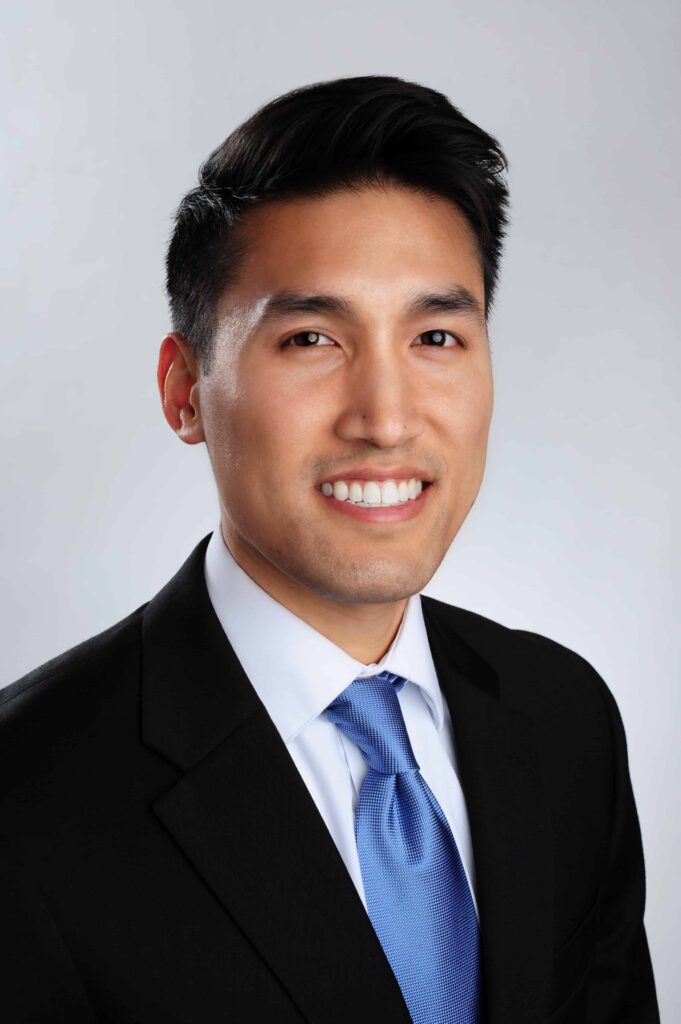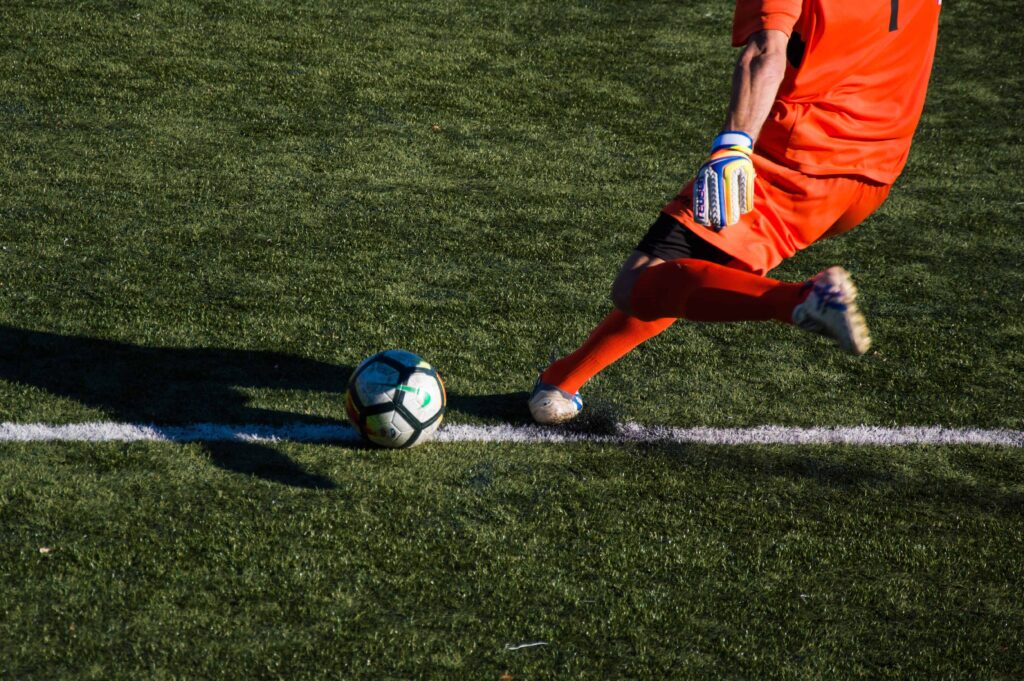What to know about turf toe
As the summer winds down and we begin thinking about transitioning to cooler weather, changes in schedules, and back to school shopping, many students have already made their first steps towards the new school year. This has started with try-outs and practice for Fall sports. Injuries quickly become a common occurrence. One of the most prevalent sports injuries with student-athletes and non-students is turf toe.
Turf toe can be simply defined as a sprain of the largest joint of the big (1st) toe — the metatarsal phalangeal joint (MPJ). This joint is made up of the big toe (proximal phalanx) and the long bone (1st metatarsal) to which it is connected. Injury takes place when the toe is overextended or forcibly bent upwards, as occurs when pushing off of the foot to sprint or jump. While this can occur in any activity that involves the forefoot (ball) being planted against the ground and at the same time lifting the heel, it has been traditionally associated with American football. The term “turf toe” was coined after the injury became common with football athletes playing on artificial turf. It can occur on any surface, and in other sports and activities. Athletic shoes designed with a focus on agility typically utilize softer and more flexible materials, but this often comes at the expense of stability in the forefoot.
Symptoms of turf toe include pain, swelling, and tenderness of the great toe joint to touch or with range of motion. The pain is usually within the joint or under the ball of the foot on the weight-bearing surface. Bruising may or may not be present. Walking barefoot or wearing flexible shoes may increase pain.
If you have any of the above symptoms it is important to have this injury examined and treated by a podiatrist that specializes in foot and ankle injuries. Recalling the details of the injury will be helpful with a diagnosis. Your doctor will perform a physical examination that includes checking the range of motion, strength, and any abnormalities that may indicate ligament damage. X-rays are routinely performed to rule out a fracture or other associated injury. An MRI may be recommended.
Initial treatment prescribed by your podiatrist, may involve rest, ice, and limiting the activity which caused the injury. Anti-inflammatories such Naproxen (Aleve) and Ibuprofen (Advil, Motrin) can be helpful with managing pain and swelling. Depending upon the severity, the use of a rigid sneaker, fracture shoe, or walking boot may be required during the initial phase of healing. This will prevent excessive flexion/extension at the ball of the foot which would stress the injured tissues. Modification of footwear with custom orthotic inserts can provide stability. Specific to the treatment of turf toe is the incorporation of a rigid extension or exoskeleton into a custom/prescription orthotic device that supports the 1st MPJ during healing, as well as help to prevent future injury – not all shoes and orthotics are created equal and your podiatrist can best direct you on what is appropriate for your condition. Taping is often performed and physical therapy may be recommended. Early diagnosis and treatment are often keys to a speedy return to full function. Most cases of turf toe can be treated nonsurgically. Even with proper care, prolonged symptoms can persist, including stiffness, pain, decreased push-off strength, and elevation of the big toe.
As with most injuries, prevention is the best practice. A few ways to decrease the chances of turf toe include:
- Refrain from wearing old or worn-out footwear. A proper fit is important.
- Use activity appropriate footwear. Shoes with a rigid or stiff forefoot will provide the greatest support during push-off.
- Maintain the proper strength and flexibility of the feet and ankles.
- Perform athletic activity under the guidance of your coach or trainer.

The information on this site is provided for your assistance only; this site does not provide podiatric advice. You should never diagnose or treat yourself for a podiatric condition based on the information provided herein, and the information is not provided for that purpose. Likewise, you should never determine that treatment is unnecessary based on this information. The information contained herein is not a substitute for podiatric care provided by a licensed podiatric professional. The information provided herein is not podiatric, medical or professional advice. This site does not create a doctor-patient relationship.
Dr. Man Cho and Foot & Ankle Specialists of the Mid-Atlantic, LLC expressly disclaims all warranties of any kind, whether express or implied, related to any products offered for sale on this web site. Dr.Man Cho and Foot & Ankle Specialists of the Mid-Atlantic, LLC further expressly disclaims any product warranties of effectiveness or fitness for any particular purpose or use. You are solely responsible for your use of, or reliance on, any products offered for sale herein, and any consequences arising out of such use or reliance. In no event will Dr. Man Cho and Foot & Ankle Specialists of the Mid-Atlantic, LLC be liable for any damages resulting from use of or reliance on any such products, whether based on warranty, contract, tort or any other legal theory.
This website, and the information contained herein, is provided to you as a service for use at your sole risk.
[mashshare]


